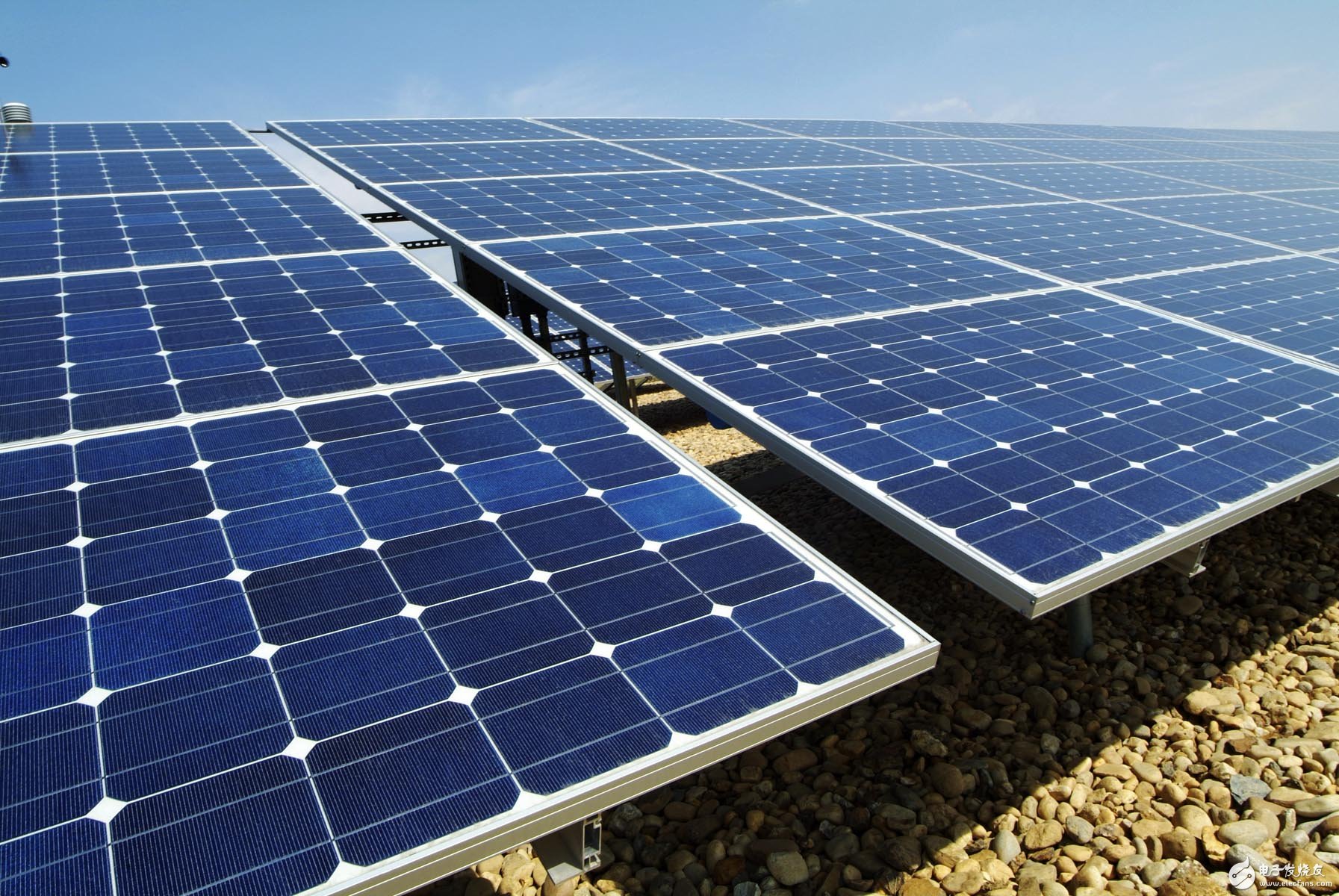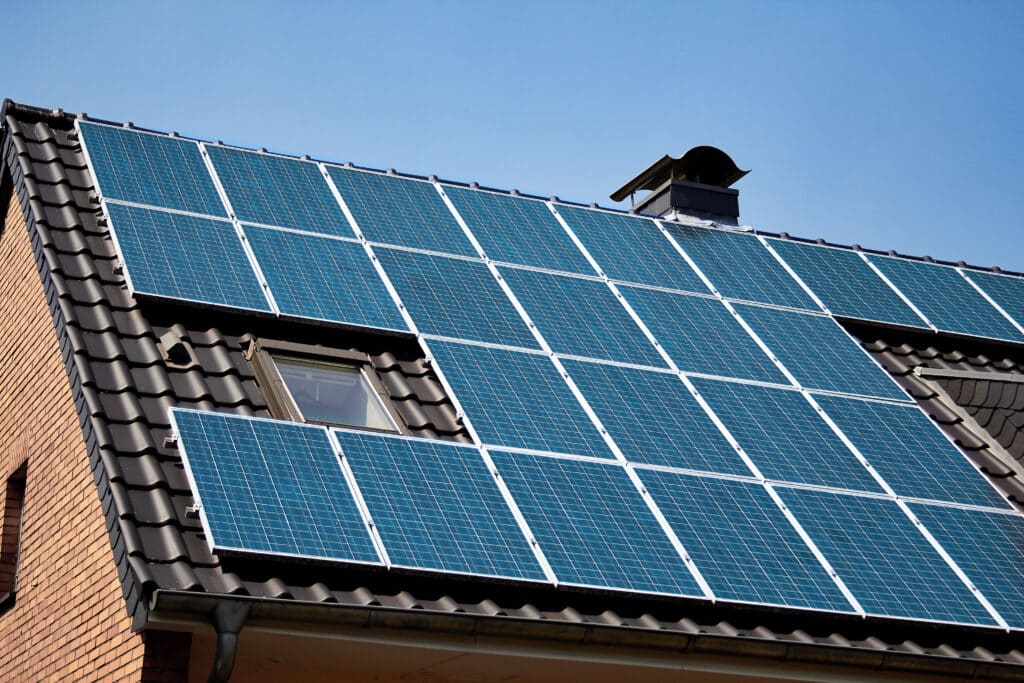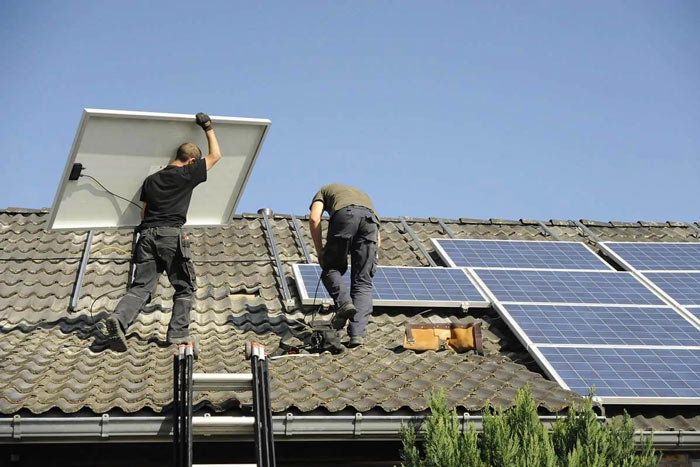It depends on several factors, including sunlight hour, angle of the panel, temperature, dust, shading, wiring quality, and maintenance needs. Installation at optimum angle, cleaning of the panels, elimination of any shading as far as possible, use of good quality wiring, and performing regular maintenance can help in achieving better efficiency. In extremely high-temperature regions, cooling mechanisms or even appropriate spacing can be effective in reducing thermal loss. These conditions satisfied include regular cleaning and inspection of the panels and wiring connections, with which the system can ensure a high level of operational efficiency.
Sunlight Hours
Efficiency depends on the sunlight hours, determinants being geographic location, variations in sunlight hours according to season, and different weather conditions. Conversion of energy through solar panels is dependent upon absorption of solar radiations; photons penetrate the material of the panel and excite electrons to produce electricity, which works efficiently under ample sunlight conditions. In practice, different sunlight conditions arise in various regions; for instance, equatorial regions have more hours of sunlight, while polar regions and high latitudes during winter have few daylight hours, which affects the efficiency.
Most of the solar systems operate with fixed tilt or tracking to increase effective sunlight hours. Specially, a dual-axis tracker can turn the angle of panels with the position of the sun to keep an incidence angle optimal in the whole day and make further improvements in photon capture. What's more, for system design, energy yield calculations and predictions according to local climate characteristics-for instance, rainy or cloudy areas-are supposed to have less scattered light on rainy days; thus, usually choose photovoltaic materials with higher conversion efficiency.
Even in days without clouds, dust in the air, humidity, and polluted substances can continue to affect the intenseness of light on solar panels, so high transmittance anti-polluted materials must be selected. Especially in a very highly industrialized area with serious air pollution, tiny particles will cut off the light input to sunlight hours, relating to energy production efficiency.
Panel Angle
The solar panel installation angle determines the efficiency of the solar panels. Ideally, the incidence angle installed of solar panels is perpendicular to sunlight for maximum intensity of absorbed light. Facing south, as is usually adopted, and facing north, as preferred in the southern hemisphere, have the tilt angle adjusted to the latitude. This is the so-called "Optimal Tilt Angle," which can receive maximum sunlight throughout the year. The angle would be calculated based on solar altitude, latitude, and seasonal variations in sunlight that had been obtained through simulation and sunlight analysis during the design phase.
A single-axis tracking system or a dual-axis tracking system is useful in some of the photovoltaic systems that need higher energy efficiency by adjusting the panel to keep it always perpendicular to sunlight. Although such systems are more expensive, they have the added advantages of an annual energy output, especially in sunny areas. Local wind conditions should also be considered in the tilt design of the panel. An excessively steep angle might increase the load of the wind during strong winds, loosening or even damaging the support of the whole system. Hence, the design of the angle should balance the absorption of light and the stability of the system in practical use.
Reduced intake of incoming light when one is deviating from the optimal angle may result in lower power output. Materials such as semi-transparent photovoltaic glass and reflective materials, dealing with the refraction and reflection of light, are called into play for a means to efficiently capture light from various angles of incidence and, in that respect, increasing overall efficiency.
Temperature Impact
Among critical factors that normally affect the efficiency of solar panels in high-temperature environments, one would mention temperature. For example, by increasing temperatures, there is a decline in the open-circuit voltage Voc of panels, hence a reduction of total power output. This temperature effect is referred to professionally as the "Temperature Coefficient," where different types of solar panels have varying temperature coefficients. Normally, a material with a low temperature coefficient can bear high-temperature environments. For example, monocrystalline silicon has a lower temperature coefficient, good performance in high-temperature conditions.
The amount of heat that is lost determines the efficiency of solar panels. Ordinarily, a solar panel installation would be done with adequate spacing for air circulation to help dissipate the heat. Slope or rooftop installed photovoltaic solar panels are usually mounted with some inclination angle, which is not just for convenience of dust and dirt cleaning but also for natural ventilation to keep the panels away from temperature rises. In systems with ground-mounted panels, support height is increased so that heat conduction from the ground does not result in a temperature increase in panel/photovoltaic cells.
With the development of technology, several cooling solutions have been developed that can reduce the adverse impact of temperature on efficiency. The list includes systems of circulating cooling liquid that cater for carrying heat away by means of liquid flow, and some phase-change materials on cooling backplanes that absorb excess heat. Such innovative technologies could effectively lower the operating temperatures of panels and thereby enhance energy efficiency, even though this comes with increased costs; thus, all environmental factors and cost-benefit ratios must be considered in the selection process.
Dirt and Dust
The major factors affecting the efficiency of the solar panel are dust and dirt accumulation, especially in those areas where the wind is high and rainfall is less. Dust covers the panel surface, making a shading effect which reduces the light transmittance. In the case of prolonged dust accumulation, a "Hot Spot Effect" may occur where partial shading causes a rise in temperature at a particular portion. Sometimes this may even damage the panel severely. So, the panel surface should be kept clean.
The efficiency loss due to dust accumulation also varies widely with respect to the existing environmental conditions. For instance, in hot desert areas, where the air has high levels of dust content, dust easily covers the panel surface. Therefore, it affects the efficiency of the production of energy within a very short period of time. In such a situation, automated cleaning systems may be installed for efficient cleaning of dust. Moreover, some surface coating technologies, such as anti-fouling nano-coatings, reduce dust adhesion, extending the cleaning intervals.
Timing and methods are required for panel cleaning. Early morning or evening cleaning can avoid rapid evaporation of water to leave water spots. At the time of cleaning, a soft cloth or professional cleaning equipment is used at that time to avoid scratching the surface. Frequent cleaning not only ensures that the panel operates with the best efficiency but also prolongs the service life. For large-scale ground photovoltaic stations, automated cleaning equipment can effectively reduce maintenance costs.
Shade Effects
One of the major problems that affect performance involves shade effects. Since a solar panel contains many series-connected photovoltaic cells, all require the same current; hence, if one cell becomes shaded, then the current of the whole panel would be affected. In this regard, there is a "Bottleneck Effect" in which the majority output power is highly reduced by very small areas shaded. The series circuit seriously is affected by shading.
The bypass diode technology is usually used to deal with the shading effect. It will be able to automatically bypass the current when a photovoltaic cell is shaded. None of a single shaded cell can affect the current output of the whole series system. Besides, modern solar systems are equipped with microinverters or power optimizers which enable control over each solar panel independently. This means that if part of one panel is shaded, it does not decrease the efficiency of other panels.
It is also in the installation of panels, one needs to avoid places that are preferably shaded, and this could be from trees or buildings in the neighborhood. Sometimes the surrounding trees grow higher with time and shade your panels, so they will regularly need to be cut back for effectiveness. Shading causes huge power fluctuations, especially in rooftop photovoltaic systems; hence, location planning and shading risk assessment would be important in the design of projects.
Wiring Quality
One of the most central solar system issues that is related to overall efficiency is wiring quality. The current coming from a solar panel has to be transferred through wiring either to an inverter or to the storage equipment, and wiring losses directly affect final energy utilization. Loose connections of the wires, aging of cables, and poor contact are basic wiring defects; the more resistive such parts are, the higher the losses of energy and efficiency reduction.
The material of the cable in system design and installation should be of high quality, and the wiring method should be reasonable for efficiency. High-quality copper or aluminum wires, which are anti-oxidation and anti-corrosion, are usually chosen to reduce energy loss. Wiring materials in photovoltaic systems should also be resistant to high temperature and UV exposure for long operation, which means they do not age under heat and sunlight. Besides, the wiring terminal needs to be sealed to prevent moisture or water infiltration that would further cause a bad contact.
For further minimal loss, some photovoltaic systems can install connection devices at wiring points, such as photovoltaic connectors. They boast of high reliability and low contact resistance, hence guaranteeing efficiency in energy transmission. The regular check on wiring conditions and fasteners' tightness gives all means of assurance for stability and safety within the system.
Maintenance Needs
While the photovoltaic systems are not really fragile, periodic maintenance yet remains necessary. This regular maintenance at times not only keeps the plants at maximum efficiency but also prevents small problems from snowballing into huge failures. Principal maintenance activities involve cleaning for dust, dirt, and bird droppings on the panels by washing immediately to avoid blocking the light. Wired connections must also be periodically inspected for good contact so that loss of current does not take place.
In maintenance, the power output for each panel needs to be checked for any potential performance issue. Another very important thing is to make use of infrared imaging equipment for the detection of temperature distribution on the panel surface area. In this way, it will point out the possible hot spots on the panels to prevent localized overheating from affecting the system. Drones for inspection could be deployed for large ground-mounted photovoltaic plants, improving efficiency and reducing labor costs.




